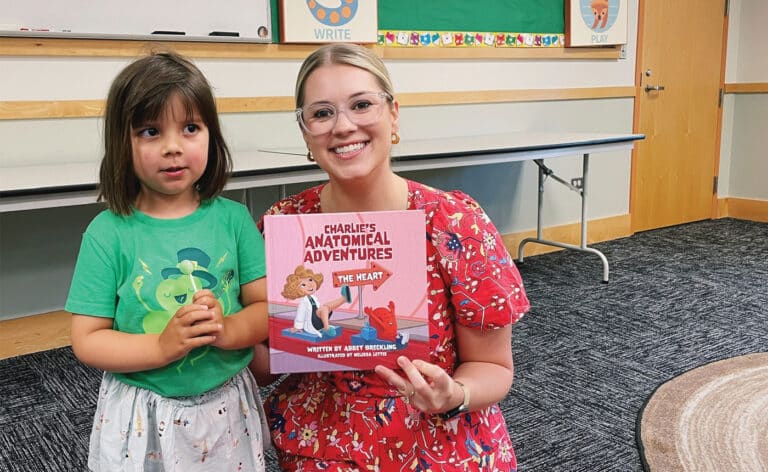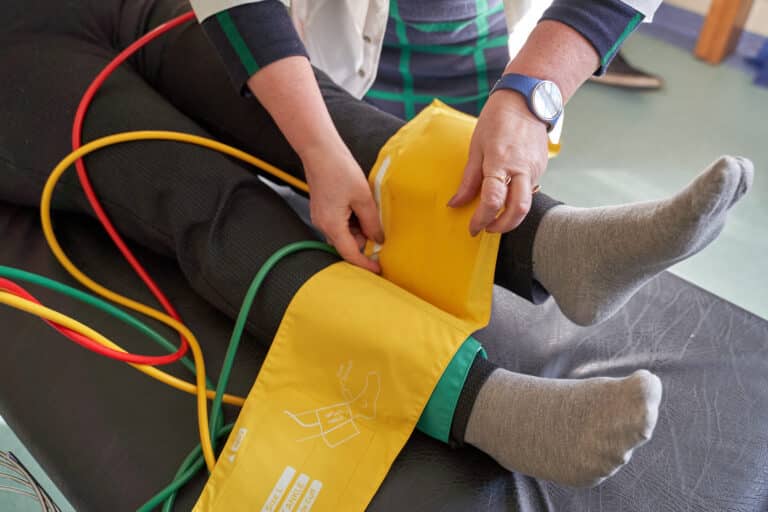By Sue Hubbard, M.D.
Parents are so SICK of their children being SICK and I must agree … it is time for everyone to stop coughing and sniffling and get well. And that means fewer ear infections, as well.
Ear infections are one of the most common reasons that a parent brings a child to their pediatrician. But, not every child that has a runny nose, cough, fever, or pulls on their ear will have an ear infection. In fact, most will not.
Here are several important facts about an ear infection:
1. A child’s ears typically do not get infected on the first day of a viral upper respiratory infection.
2. Most ear infections occur between day three and seven of a cold.
3. Most children who will develop an ear infection will have a runny nose, congestion, cough and often develop a fever.
4. It’s not unusual for a child to have a fever for the first few days of a cold, but a fever that develops three, five or seven days after the beginning of a cold may be a red flag for an acute ear infection.
The newest guidelines on ear infections are quite clear and state that the pediatrician needs to distinguish between an acute otitis media (AOM), with a bulging and opaque ear drum versus those children who simply have serous otitis media (fluid behind the ear drum). Antibiotics are only recommended for those children with an acute ear infection who are symptomatic.
For children under the age of 2, especially those in day care or school situations who have a first AOM, amoxicillin is still the recommended drug of choice. It is inexpensive and well tolerated (and tastes good too). For children with recurrent ear infections second line drugs will be used.
For a child over the age of 2 who is not running a high fever or in exquisite pain, the newer guidelines advise “watchful waiting.” Treatment begins with topical ear drops for pain and acetaminophen or ibuprofen.
In an older child, the infection is less likely to be bacterial and more likely viral and therefore will not respond to antibiotics. I will give the parents a prescription for an antibiotic, with instructions to begin it if the child seems to be worsening over several days and to call me to let me know they started the antibiotic.
Discuss options for treatment with your own pediatrician and remember that judicious use of antibiotics is very important. Not every child who pulls on their ear or who has a “bad night” of sleep will require an antibiotic. All children must be seen to decide who has an ear infection. It is not a telephone diagnosis!
(Dr. Sue Hubbard is an award-winning pediatrician, medical editor and media host. “The Kid’s Doctor” TV feature can be seen on more than 90 stations across the U.S. Submit questions at http://www.kidsdr.com. The Kid’s Doctor e-book, “Tattoos to Texting: Parenting Today’s Teen,” is now available from Amazon and other e-book vendors.)










